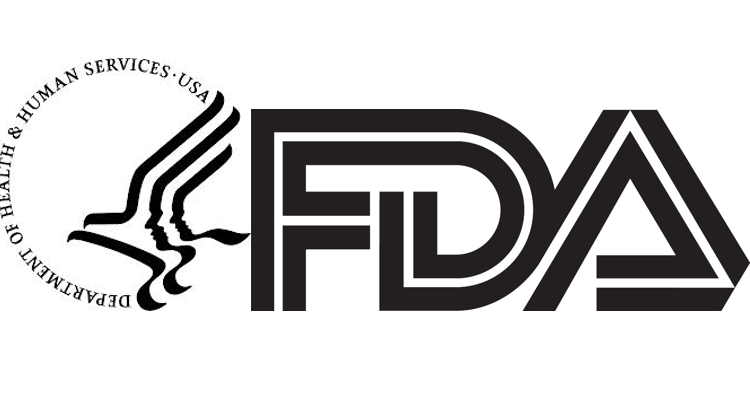The United States Food and Drug Administration (FDA) laid out plans in an August 9, 2018, Federal Register publication to conduct a study to determine the usefulness of disclosures in prescription drug advertisements. The plans include several revisions to the design of the study initially announced last June, in response to comments from stakeholders.
FDA has long had the ability to regulate prescription drug advertising and promotional labeling under the Federal Food, Drug, and Cosmetic Act (FD&C Act), with restrictions and regulations on how to present information about the product. Currently, however, there is limited published research on disclosures in prescription drug promotion. The FDA therefore proposes conducting research on the effectiveness of clear and conspicuous disclosures in prescription drug promotion aimed at both healthcare providers and consumers. The purpose of the research is to determine how useful disclosures regarding prescription drug information are when presented prominently and adjacent to claims.
Each participant will view three different professionally developed mock promotional print pieces for different prescription drug products that mimic currently available promotion. For each of the three promotional pieces, they will be randomized to see an ad with a weak disclosure, a strong disclosure, or no disclosure. We will manipulate the strength of disclosure by including additional concluding information (strong) or not (weak) in the disclosure statement. In all cases, disclosures will be adjacent to claims and written in font clear enough to be detected.
The scope of treatment information to be tested can be thought of as disease-awareness information; that is, a broader discussion of a medical condition that includes disease characteristics beyond what the promoted drug has been shown to treat. The disclosure for this condition will focus on the disease characteristics that the product has been shown to treat. The ease of use information to be tested is a simple claim of easy drug administration, followed by a disclosure that includes material information about drug administration. Finally, the statistical significance information to be tested includes a presentation of efficacy analyses, followed by a disclosure revealing that the results of the presented analyses were not statistically significant, and thus must be viewed with considerable caution. The FDA selected these types of information because they are commonly seen in promotional material.
Then, the FDA will analyze the results of the scope of treatment disclosures, the ease of use of disclosures, and the statistical significance of disclosures independently of one another. FDA said it “selected these types of information because they are commonly seen in promotional material.”
The FDA plans to use these eye-tracking studies to determine what parts of each promotional piece consumers and HCPs actually viewed. Specifically, they hope to determine whether the consumer/HCP looked at the disclosure statement at all, and then obtain a rough idea of how long they looked at it. This data will complement the self-reported items on the questionnaire. For this part of the study, 20 consumers and 20 HCPs will view the promotional pieces.
Publication of this plan follows March announcements by the FDA to survey doctors on their understanding of clinical trial data in drug advertisements and conducting studies on their perception of risk information.

